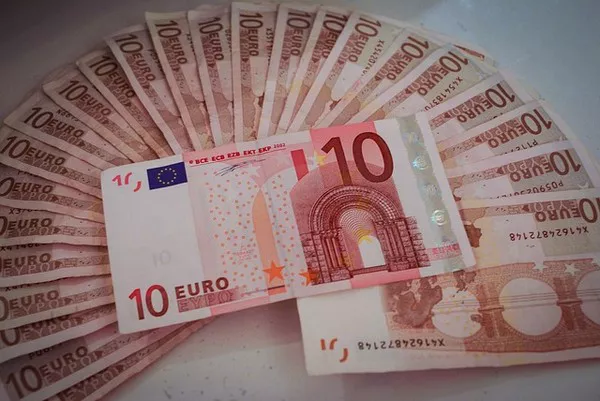The euro has long been the world’s second-most-used reserve currency after the US dollar, but its position is being tested by shifting global trade dynamics and the rise of alternative payment systems. Recent developments suggest that while the euro remains a key player in international finance, it is not immune to the broader trend of de-dollarization—and in some cases, it is being sidelined alongside the USD in favor of regional alternatives.
One of the most significant trends affecting the euro is the increasing use of local currencies in trade between emerging markets. Countries like China, India, and Russia have been actively promoting settlements in their own currencies, bypassing both the dollar and the euro. For example, India and the United Arab Emirates (UAE) recently agreed to conduct oil trade in rupees rather than dollars or euros, a move that could set a precedent for other bilateral deals. Similarly, China has expanded the use of the yuan in its trade with Russia and Africa, reducing reliance on Western currencies. While these shifts are still in their early stages, they signal a gradual erosion of the euro’s dominance in global commerce.
The euro has also faced challenges within its traditional strongholds. In Eastern Europe, some non-EU countries have begun exploring alternatives to euro-denominated trade due to geopolitical tensions. Serbia, for instance, has increased its use of the Chinese yuan for imports, while Turkey has sought to bolster trade in local currencies with allies like Russia and Iran. Even within the EU, there are signs of friction over the euro’s role. Hungary and Poland, for example, have occasionally criticized ECB policies as being too aligned with the interests of Western European economies, raising questions about the currency’s uniformity across the bloc.
Another issue for the euro is the slow progress of the EU’s capital markets union (CMU), which aims to deepen financial integration and make the euro more attractive for international investors. Despite years of discussion, the CMU remains incomplete, with member states divided over issues like banking regulation and fiscal harmonization. This lack of integration limits the euro’s ability to compete with the dollar as a global investment currency. By contrast, the US benefits from a unified and highly liquid financial system, which reinforces the dollar’s dominance in bond markets and foreign exchange reserves.
However, the euro still holds significant advantages. It is the official currency of 20 EU countries and is used by over 340 million people, making it one of the most widely circulated currencies in the world. The Eurozone also boasts a large and diversified economy, which provides a solid foundation for the euro’s stability. Moreover, the EU has been proactive in promoting the euro as an alternative to the dollar in energy markets. The European Commission has encouraged energy contracts to be priced in euros, a strategy that has seen some success in natural gas trading with Norway and Algeria.
Looking ahead, the euro’s role in global trade will likely depend on how the EU navigates both internal and external challenges. Strengthening economic governance, advancing the CMU, and fostering strategic trade partnerships could help the euro maintain its relevance in a multipolar currency landscape. However, if the EU fails to address its political and economic fragmentation, the euro risks losing ground to both the dollar and emerging alternatives like the yuan. The coming years will be critical in determining whether the euro can adapt to a rapidly changing global financial system or if it will gradually cede influence to rival currencies.
You Might Be Interested In:


